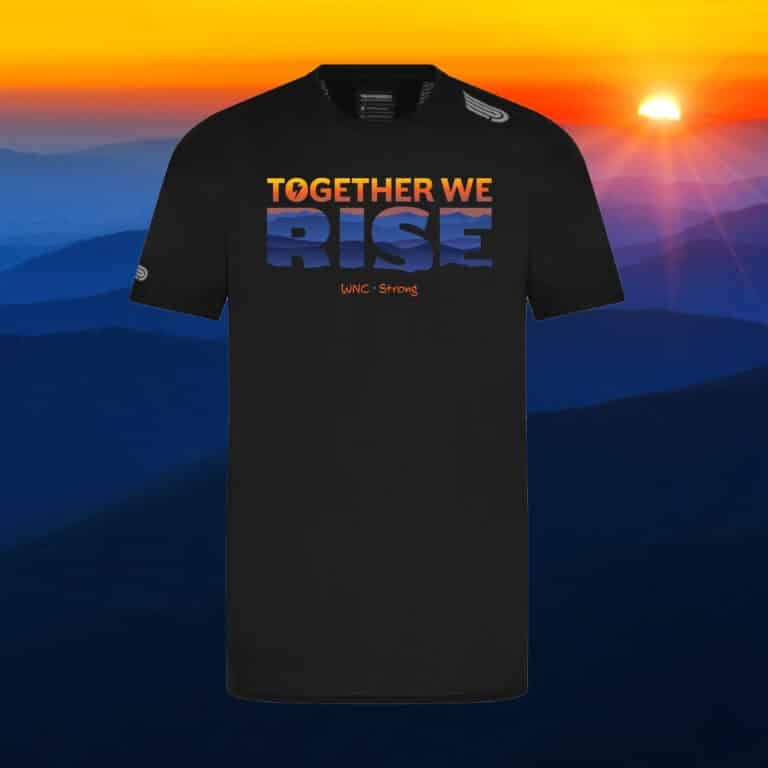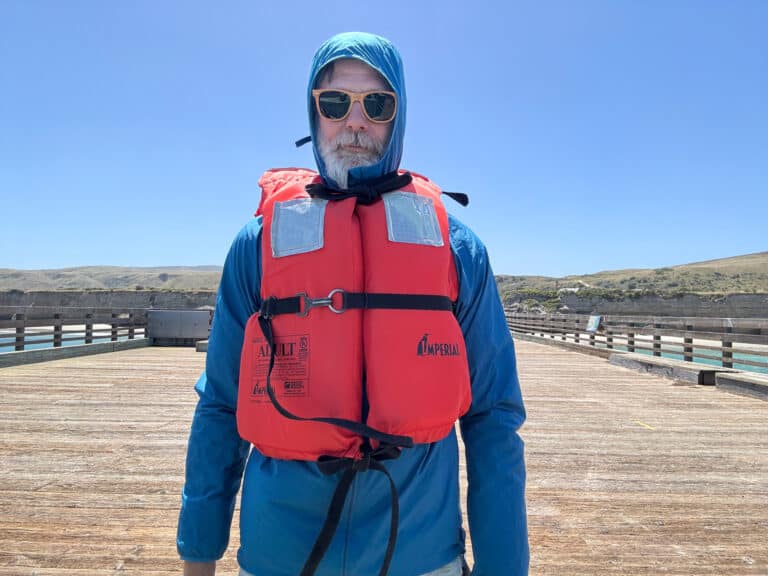We all know that water is becoming increasingly polluted and scarce. Water scarcity impacts over 2.8 billion people around the world, with 1.2 billion lacking access to clean drinking water. Growing contamination concerns threaten us all.
When we think about what makes drinking water dangerous, we often reach for the big, dramatic examples the news media and Hollywood have put forward. Julia Roberts as Erin Brockovich, revealing the crimes of PG&E, fracking films starring Matt Damon, the stock image of the factory sitting on the edge of a lake, spewing toxic sludge into the town’s drinking supply. Or we may conjure up images of the Exxon Valdez tragically sinking into the Prince William Sound, disrupting the delicate balance of the single largest biome on earth.
What might surprise you is that you are probably wearing, sitting or standing on one of the biggest threats to our water supply: fabrics comprised of microscopic plastic fibers. Everything — from your biking shorts and running singlets to your paddling jacket and hiking pants — is shedding miniscule fibers too small to be filtered out in the water treatment process.
These toxic fibers come from synthetic textiles — specifically polyester, nylon and acrylic — the “ubiquitous three”. In the past five years, synthetic fabrics have begun to exceed cotton and other natural fabrics in consumer demand, so even if you upcycled your favorite hiking attire, you’ve likely used a patch here and a patch there that contain harmful contaminants.
Microfibers are showing up in the guts of marine life in food markets. A recent study by the University of Minnesota estimates that as much as 94% of U.S. tap water is contaminated by microfibers. Bottled water is similarly affected. And at this point, experts have no idea how this pollution will impact human health.
So what can we do to halt this problem in its tracks? Here are a few solutions:
- Wash differently. “Lower, shorter, colder” is your new mantra when it comes to washing and drying your synthetic fabrics. Wash your spandex pants as infrequently as you can. If you’re able to customize the wash, wash synthetics for the shortest time possible. Switch to liquid laundry soap since the grains in powder soaps tend to be more exfoliating, stripping the clothing of more fibers during the wash cycle. Use a colder wash setting. And whatever you do, don’t wash lint down the drain. Throw it away.
- Spread the word. Speak up about microfiber pollution. It can be difficult to build awareness around eco issues, especially when it means your aunt Sally might not be able to buy a new pair of her favorite yoga pants in good conscience. Talk to your friends and family in ways that invite them into the action. Sign petitions. The more people we mobilize, the better.
- Buy different fabrics. This is more of the long-game approach, but it’s worth it. In a society run by capitalism, where we put our money matters. It doesn’t make sense to say you’re going to throw out every fabric shedding microfibers currently in your house. You’d probably be left with a bare house. But it’s a goal to aim for in the moving target of keeping our earth safe and habitable. Whenever you can moving forward, buy products made from natural fibers — cotton, linen, and wool, etc.
Like most environmental crises, cleaning up our water is going to be a tough task. One that will take grassroots awareness efforts, growing commitment and a change in the attitudes of consumers. But our environment is worth fighting for, worth changing for…one favorite outfit at a time.
Stuart Berman has designed and launching successful men’s fashion brands that have been sold in the catalogues of Saks Fifth Avenue, Harrods of London, and on MTV. After going through an organic awakening with his wife and wanting a better future for his family, Stuart turned to natural fabrics, and is launching his new clothing line, Blue Zipper, in the fall of 2017.







